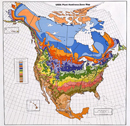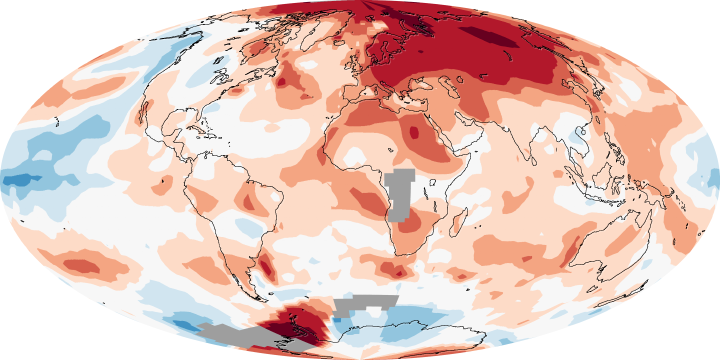The physics arXiv blog, April 6, 2009
http://www.technologyreview.com/blog/arxiv/23309/
Ten of life’s 20 amino acids must be common throughout the cosmos, based on a thermodynamic analysis of the likelihood of them forming.
This turns out to match the observed abundances in meteorites and in early Earth simulations.
The combined actions of thermodynamics and the subsequent natural selection suggest that the genetic code we observe on the Earth today may have significant features in common with life throughout the cosmos, according to two McMasters Scientists. Today, Paul Higgs and Ralph Pudritz at McMaster University in Hamilton, Canada, put forward an answer which has profound implications for the nature of life on other planets.
We know that amino acids are common in our solar system and beyond. Various first experiments to recreate the conditions in the Earth’s early atmosphere have produced 10 of the amino acids found in proteins. Curiously, analyses of meteorite samples have found exactly these same 10 amino acids. Various researchers have noted this link but none have explained it.
Now we know why, say Higgs and Pudritz. They have ranked the amino acids found in proteins according to the thermodynamic likelihood of them forming. This turns out to match the observed abundances in meteorites and in early Earth simulations, more or less exactly.



